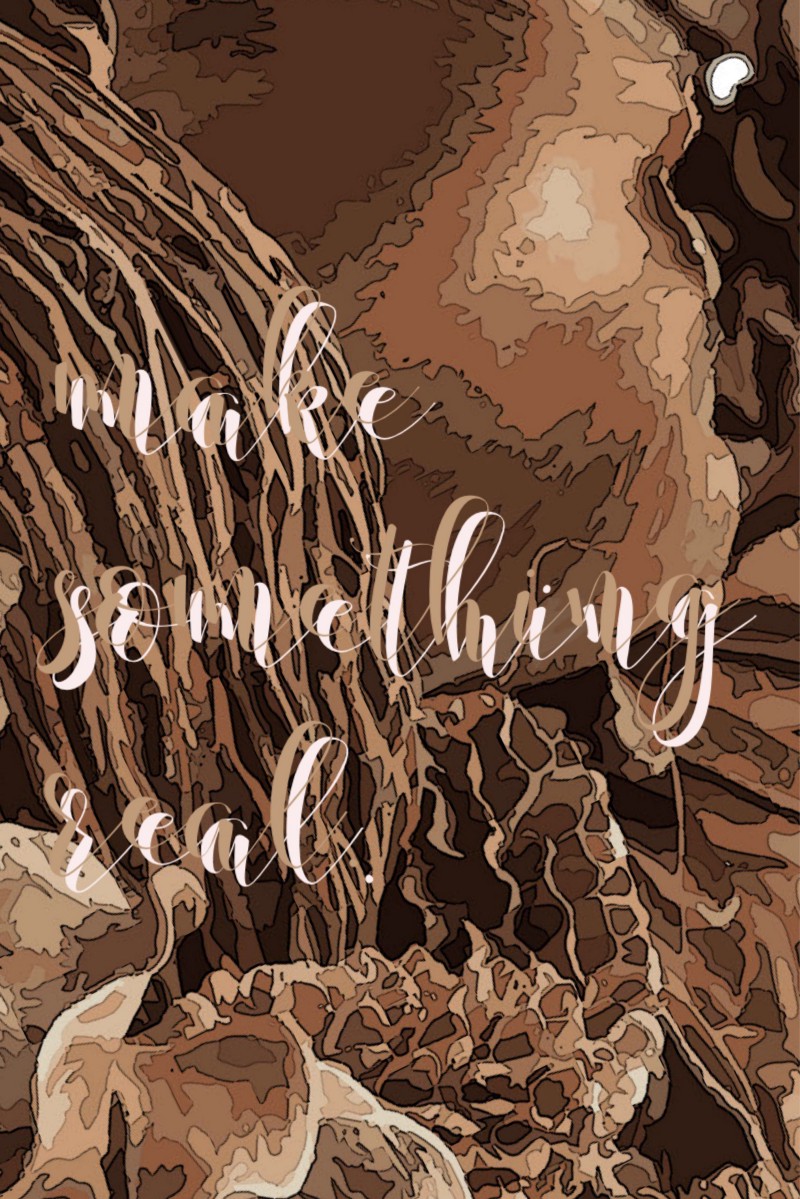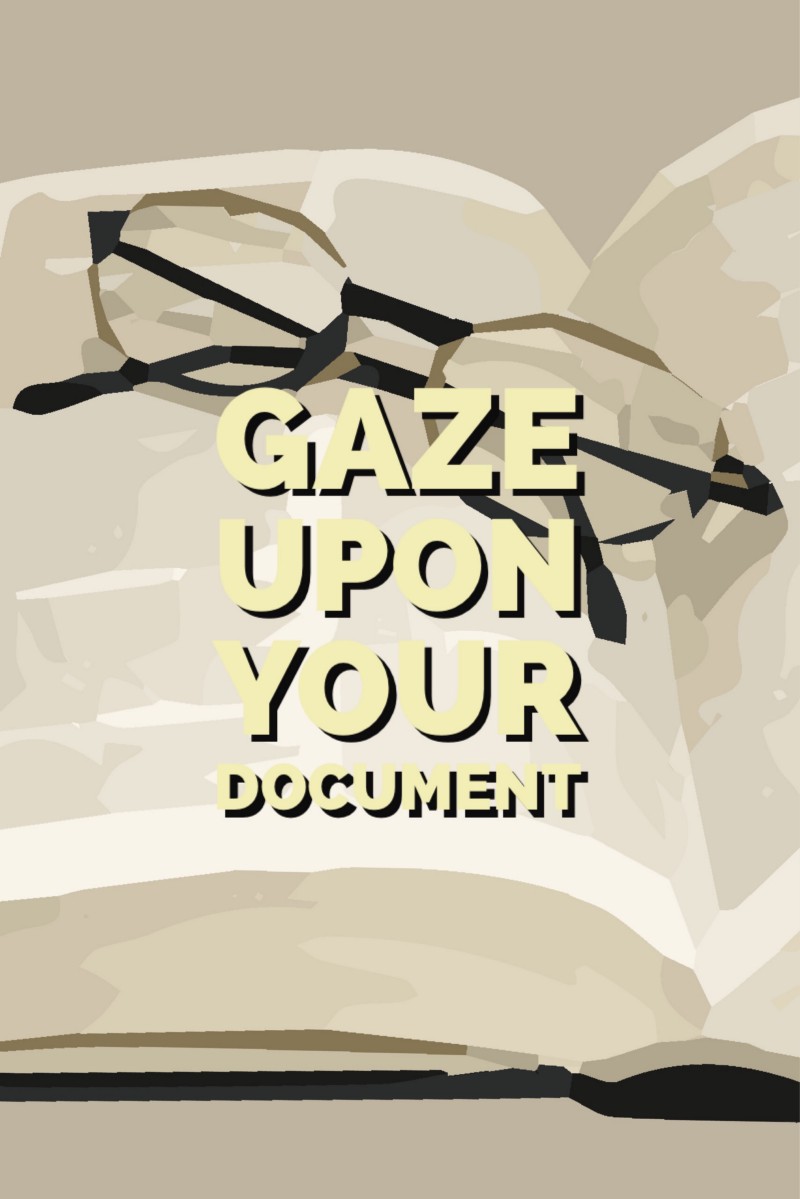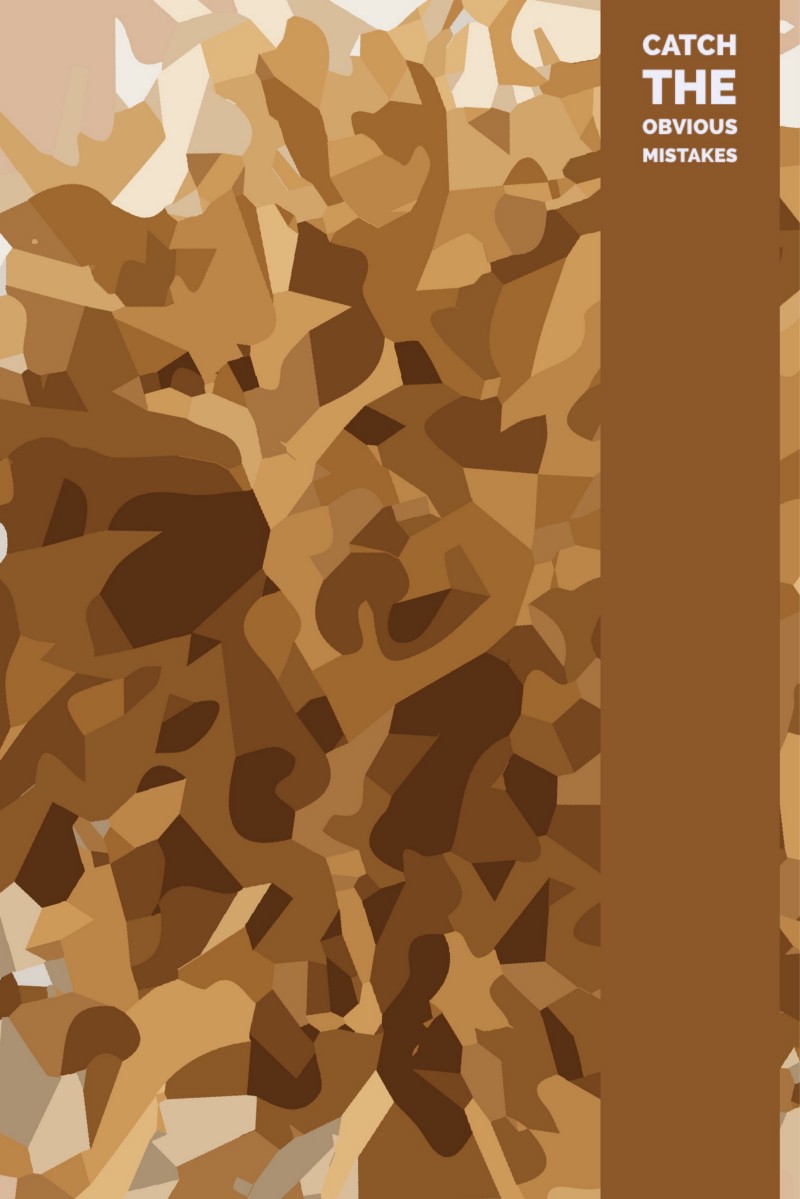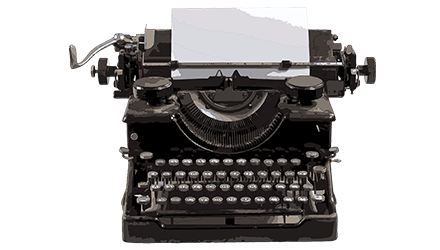
I first learned to make things by taking apart things that other people made.
I didn’t know that other people did this too. Over the years, I’ve learned that people who grew up to make other things did the same thing too. Ken Mazaika even suggests it in “29 Behaviors That Will Make You An Unstoppable Program,” but I have found that many of us in creative production might benefit from this simple, yet powerful advice.
One of the more curious problems we had as we figuring out how to grow our team was the problem of documentation. A good number of the things that we send to people (quick reports, sales quotations, one sheets etcetera) don’t ever really make it into the organization’s production queue. As a result, it’s hard to make sure that every asset is held to the same standard of “good work.”
Were it possible to quickly teach people to intuit good design, good designers wouldn’t be nearly as valuable as they are. Still, some of the best solutions for these sorts of problems involve empowering non-designers to make design decisions. I’ve mentioned a few big name documents because I think they’re trouble for a lot of teams, but the truth is, I’ve yet to see a correlation process that can account for the sheer magnitude
The trouble with is that crossing an education gap of this magnitude can quickly start to look a whole lot more like retraining than “empowerment.” Through sad experience I have found that this often does more harm than good.
There’s one technique I keep coming back to when I try to help coax someone who encounters a situation where they need an every-day document they make on the computer to look “good,” but don’t necessarily have the budget (monetary or otherwise) to employ professional assistance.
It’s annoying. It takes an extra ten minutes.
It’s simple, and anyone can learn to do it.
Ready?

#### Make a Real World Copy
The first step in the process is to print out an actual-physical-real-world-copy of your document. For this to work, you’ve got to be able to see what you’re doing. That means you’ve got to make something real.
When I show people this trick in person, I actually go so far as to make sure we have five copies handy. You may be ok with only two or three. The point isn’t really the number, multiples are just helpful for markup.
Once you’ve got your copies in hand, you’re ready for the next step.

#### Dress Your Copy
This is the fun part.
Think about all of the situations where your document is going to end up in the hands of a real-live reader. The truth is your document is going to get read in such a wide variety of ways, it may seem overwhelming. It might slide across a desk, resting somewhere on its side before being turned around and examined. It might never get turned around and slide right on into the circular file.
One trick to allay these worries is to simulate each one and pay attention to which parts of your document grab your eye.
Place your document flat, right side up on the desk. Look down. Where does your eye first go? What have you written there? Is it the most important thing?
It should be.
Spend some time casting your glaze on your document and focus on the big picture. Make sure you’re using space to draw attention to the things you want to draw attention to and to hide the things you’d rather people gloss over.
You can spend hours doing this, and at some point it’s diminishing returns. When you catch yourself starting to tinker with the edges of your work, it’s time to move on to the next step.

#### Catch The Obvious Mistakes
There’s one skill you can pick up that will help you win any word search and find most obvious typographical errors. It’s a habit long practiced by disciplined searchers of wide areas of physical space.
Start by looking at each letter in your document. Have the discipline to keep this up row by row. You’re looking for letters that are out of place, and things that are spaced inconsistently. It will seem frustrating.
It will get even more frustrating when, after you finish you return to your document to check the spacing between words and then the spacing between paragraphs.
This work is painstaking.
It has to be.
It’s the only way you’ll make sure that you didn’t “accidently” leave in a typo you could have avoided. Over time, you’ll build up the ability to move at a slightly quicker pace. Even then, you’ll benefit from taking the time to methodically work through something you’re about to produce.
Once you do, don’t be surprised if you find yourself picking apart other people’s work to figure out how it actually works for fun in your free time. It’s really is a great way to learn.

Twitter
Facebook
Reddit
LinkedIn
StumbleUpon
Pinterest
Email